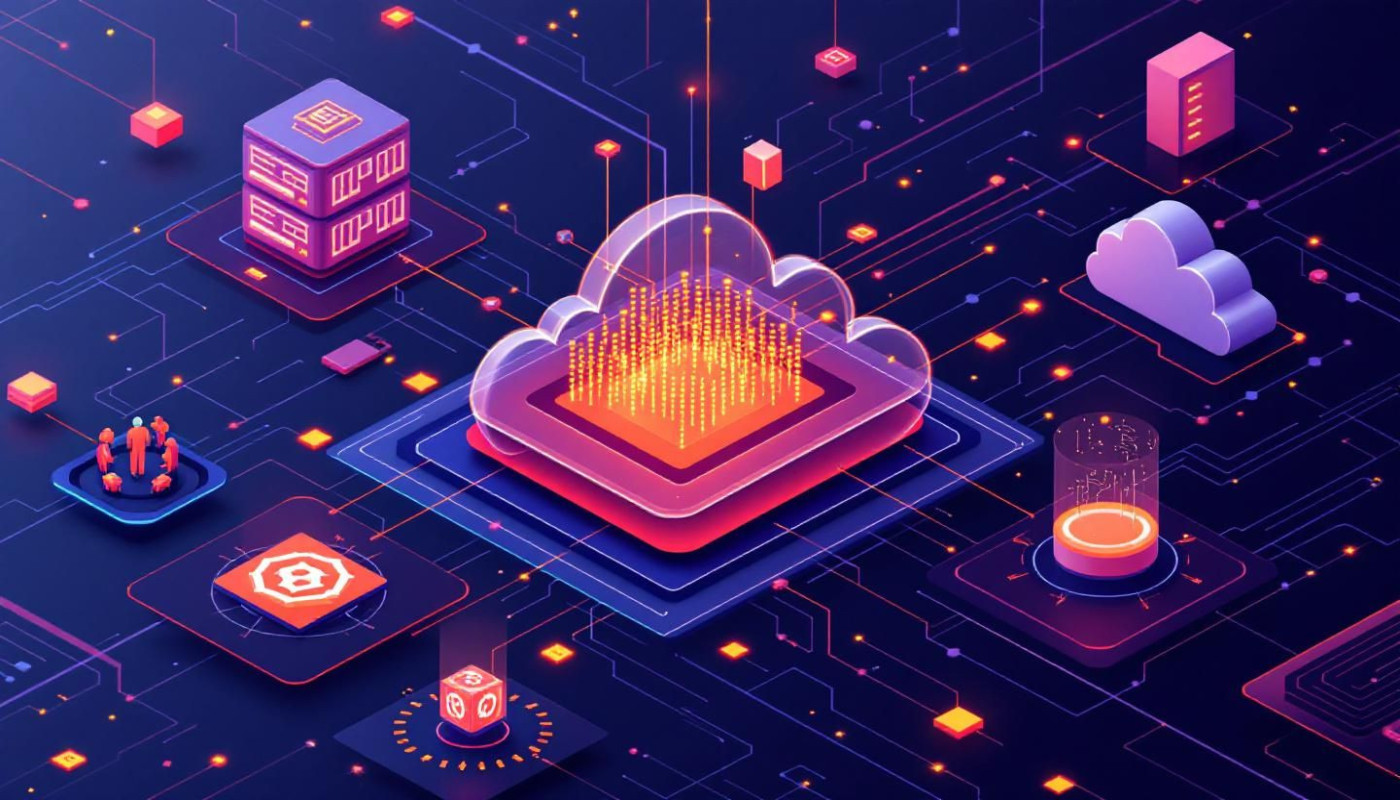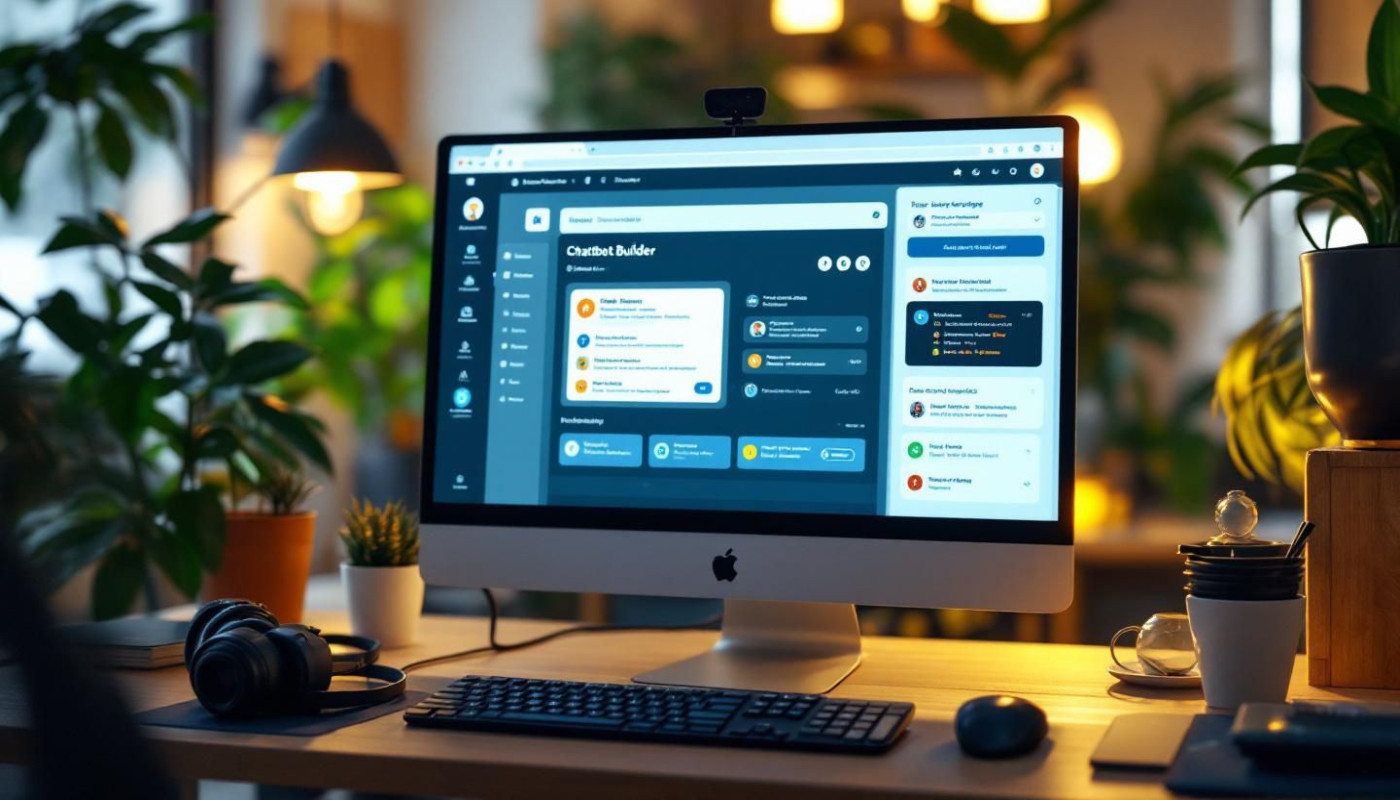Table of contents
Imagine transforming customer support into a seamless, efficient process that operates around the clock without compromise. Harnessing the power of a chatbot builder opens new possibilities for businesses to elevate user experience, streamline workflows, and reduce operational costs. Dive into the following sections to uncover how leveraging this innovative tool can redefine customer interaction and satisfaction.
Uninterrupted availability for customer queries
Deploying a chatbot builder allows businesses to offer continuous, round-the-clock customer support, a feat that manual teams rarely achieve. Utilizing automated natural language processing (NLP), these systems interpret diverse customer queries and respond accurately in real time, adapting to language nuances and intent. Chatbot builders often support integration across multiple channels such as websites, social media platforms, and messaging apps, ensuring customers can reach out from their preferred devices and platforms without facing delays. This seamless accessibility bridges the gap created by varying time zones and non-traditional business hours, creating an experience where customers never feel left waiting for answers.
Reliable dialogue management forms the backbone of advanced chatbot builders, allowing conversations to flow naturally and contextually—even as queries grow more complex. When the system encounters a question it cannot resolve, sophisticated fallback protocols redirect the conversation, either requesting clarification or escalating the issue to human agents when necessary. This proactive approach not only minimizes dropped interactions but also fosters trust, as users sense their concerns are consistently addressed. Businesses leveraging these technologies often see measurable boosts in customer satisfaction, as clients appreciate quick, accurate support at any hour, reinforcing positive brand perception and encouraging loyalty.
Scalability and resource optimization
Integrating a chatbot builder into customer support infrastructure enables seamless scalability, so businesses can respond to a surge in customer inquiries without proportionally expanding their human teams. Automated workflows take routine queries off agents’ plates, empowering staff to focus on more nuanced issues while the system handles repetitive tasks efficiently. User segmentation allows personalized experiences by directing customers with similar needs through tailored support paths, while AI-driven routing smartly assigns complex cases to the best-suited representatives. As a result, support operations remain agile and responsive, effortlessly accommodating fluctuations in demand and ensuring that no query is neglected during peak hours.
Optimizing how resources are allocated is central to this approach, as chatbots significantly reduce response times and prevent agent overload. By distributing workload intelligently, companies maintain high service quality and avoid common pitfalls such as long queues or inconsistent support. Moreover, user-friendly platforms like Botnation AI distinguish themselves with a complimentary, no-code, artificial intelligence solution, making it refreshingly simple for organizations to deploy scalable support systems without technical hurdles. This democratization of intelligent support tools enables businesses of all sizes to elevate their customer service, maximize efficiency, and maintain a competitive edge even as customer expectations continue to evolve.
Personalized experiences through AI-driven insights
A chatbot builder powered by AI and machine learning models enables companies to offer truly personalized support experiences by dynamically analyzing user input and behavior. Tools such as intent recognition go far beyond keyword matching, allowing the chatbot to understand the true purpose behind each message. Combined with sentiment analysis, which gauges a customer's emotional state, the system can adapt its tone and content—whether calming a frustrated user or upselling to an enthusiastic shopper. Contextual data, such as previous interactions or purchase history, further refines these responses, ensuring users receive guidance that is both relevant and timely. This approach transforms static FAQ-style interactions into meaningful conversations that mirror the attentiveness of a skilled human agent.
These AI-driven capabilities not only enhance immediate customer satisfaction but also foster long-term engagement. By providing responses tailored to individual needs, chatbot builders help reduce friction along the customer journey, enabling faster problem resolution and a smoother path to purchase. For example, a returning customer might be greeted by name and offered support based on their last order, while a new visitor could receive a personalized product recommendation based on browsing behavior. This level of customization deepens trust and builds loyalty, as users feel understood and valued. Additionally, brands leveraging these insights often see increased conversion rates, since tailored information and proactive assistance encourage customers to move confidently from inquiry to decision.
Easy integration with existing systems
Chatbot builders have transformed how businesses approach customer support, especially when integrating with complex digital infrastructures like CRM, ERP, and omnichannel platforms. Many modern chatbot builders are designed with compatibility in mind, offering pre-configured connectors for popular software such as Salesforce, Zendesk, or Microsoft Dynamics. This facilitates the quick connection of chatbots to customer databases, order management systems, and communication channels, allowing for unified access to information without the need for manual data transfers or disjointed workflows.
The integration process is further streamlined through the use of APIs and webhooks. APIs (Application Programming Interfaces) serve as bridges between the chatbot and other platforms, granting secure and structured access to relevant data. Webhooks enable real-time updates by automatically transmitting information between systems when specific events occur, such as a new support ticket or a completed transaction. This method eliminates lag in information sharing, ensuring that both customers and support agents have accurate, up-to-date details at their fingertips.
One standout advantage is the substantial reduction in required technical expertise. Traditional system integrations often demand a team of developers and weeks of custom coding, which can be resource-intensive and slow. Chatbot builders address this challenge by offering intuitive drag-and-drop interfaces, guided setup wizards, and extensive documentation. Even teams with limited programming knowledge can map workflows, trigger specific actions, and personalize responses based on CRM records, all without rewriting backend systems or risking business continuity.
This ease of integration empowers organizations to innovate and scale their support operations quickly. For instance, a retailer can connect a chatbot to its inventory management system to give customers real-time product availability, or a financial institution might link to its CRM to deliver personalized account updates. By embedding chatbots deeply within existing platforms, businesses ensure smoother internal collaboration and consistently responsive customer care across every touchpoint.
Continuous improvement through analytics and feedback
Chatbot builders empower organizations to elevate their customer support by providing robust analytics dashboards and comprehensive conversation logs. These features enable teams to track key performance indicators such as resolution rates, average handling time, and customer satisfaction levels. By examining detailed transcripts and user interactions, support teams can identify recurring questions, pinpoint gaps in conversational flows, and uncover new opportunities for automation. User feedback loops, often embedded directly within the chatbot experience, offer direct insight into customer sentiment and highlight areas that may benefit from enhancement or clarification.
Utilizing A/B testing, teams can experiment with alternative response strategies or dialog structures and measure which approaches yield superior engagement or faster problem resolution. Performance metrics allow for rapid iteration, ensuring the chatbot continuously adapts and learns from real-world interactions. This ongoing process of data-driven optimization helps organizations remain responsive to changing customer needs and preferences. Over time, such adaptability fosters a culture of continuous improvement, reinforcing a reputation for reliable, evolving, and customer-centric support.
Similar articles

How Regular Kubernetes Updates Enhance Cloud App Scalability

How Modern Platforms Transform Manual Kubernetes Operations?

Exploring The Impact Of AI Audits On Business Efficiency And Compliance

Wearable tech apps and their impact on health tracking

How Integrating Chatbots With CRM Enhances Customer Engagement

Exploring The Effectiveness Of Digital Tools In Enhancing Fundraising Events

Best Practices For Maintaining Consistent Performance In AI Applications

The Role Of Automated Tools In Simplifying Linux Patch Management

Revolutionizing Customer Support: The Impact Of AI Chat Interfaces In Mobile Apps

The Future Of App Development: Integrating Generative AI For Enhanced User Experiences

Enhancing User Experience: The Integration Of ChatGPT In Mobile Apps

Integrating AI Image Generators Into Mobile App Development

The Top VR Apps For Sports Enthusiasts: A Guide To Immersive Sports Viewing

Unraveling The Hidden Powers of Sleep Tracking Apps

